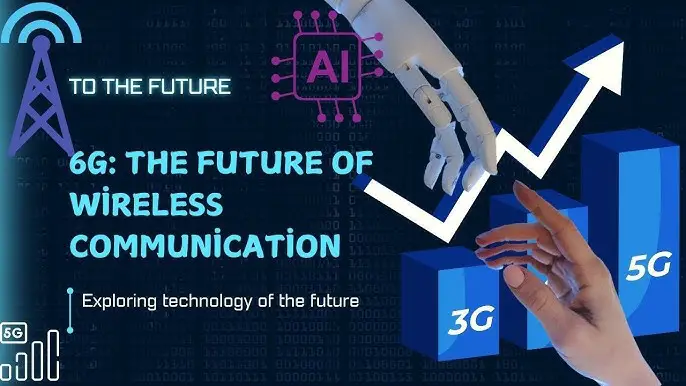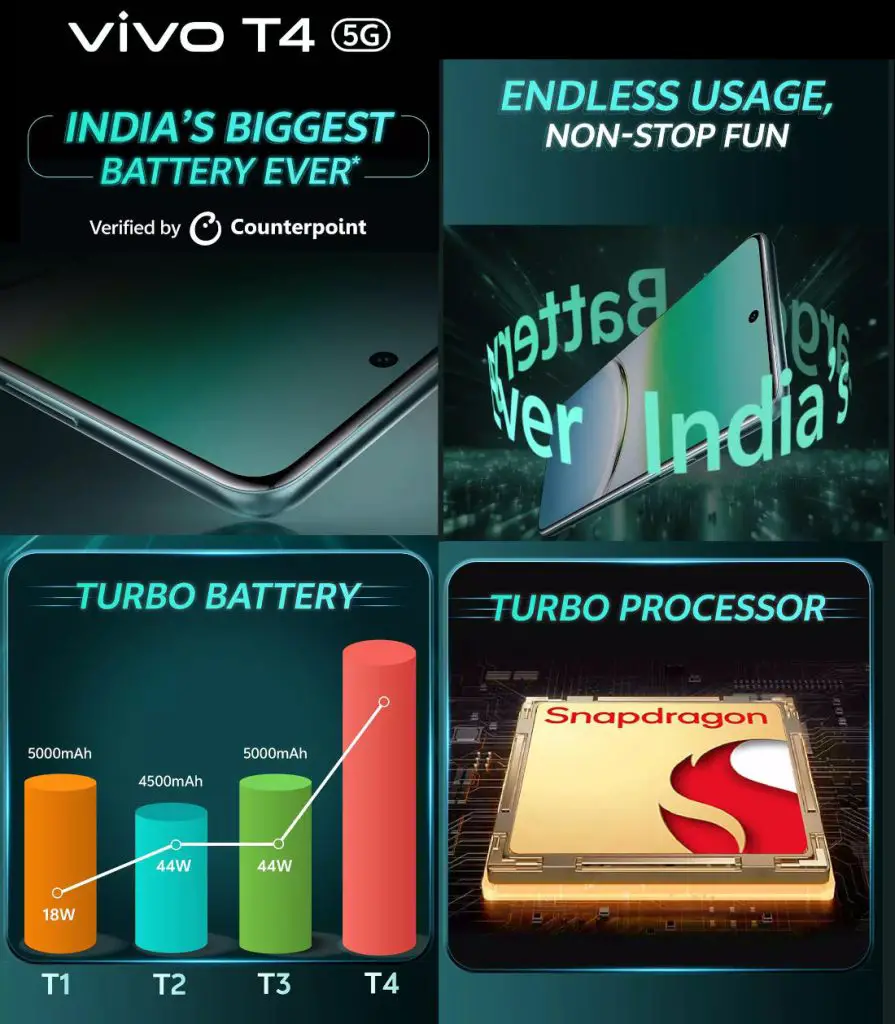Mobile communication technology is one of the most remarkable achievements in recent years. While the initial few generations of the technology were designed to support voice communication, the focus of the later generations was more towards data communication. Due to the innate flexibility of mobile data communication, mobile networks have enabled a huge variety of applications. The sixth generation (6G) mobile communication system is expected to be a milestone in this direction, ushering in digital connectivity on an unprecedented scale. It is likely to be a ubiquitous communication network, which will touch virtually every part of human society. Some of the partially fulfilled promises of 5G systems, such as, support for ultra-reliable and low latency communication, are also expected to be supported by 6G systems.
Although there is no clearly visible outline of the technological advancements expected to power the development of 6G systems, we can still speculate about some developments. Technologies such as terahertz communication, free space optical communication, intelligence driven networks, innovative network architectures consisting of disaggregated components, multiple radio access technologies, user centric design and use case specific protocols are likely to be some of the key components of the 6G system. Some of these aspects, namely intelligence-driven networks and possible enhancements in network architecture towards scalability are discussed here.
Scalable Network Architecture
Building and designing a scalable mobile network to handle large volumes of data traffic along with co-existence of multiple Radio Access Technologies (RATs) to provide diverse QoS for different services is the requirement of future networks. To meet these requirements, the transition of mobile networks from monolithic to disaggregated components is growing at a fast pace. 3GPP and O-RAN have defined requirements for 5G systems (5GS) with separate base stations for one or more of the gNB-Radio Units (RU), gNB Distributed Unit (DU), and gNB Centralized Unit User Plane (CU-UP) functions in control of the gNB-CU Control Plane (CU-CP) function. There is likely to be further progress towards a disaggregated system architecture with new standardization initiatives such as IEEE P1930.1. It is anticipated that the 6G network will be a disaggregated, virtualized, and scalable network consisting of smaller network functions with granular functionality. Such an architecture will also enable application-specific protocol processing. It may also help in better integration of diverse RATs through the use of common functions across different RATs.
Another architectural innovation that can be envisioned as part of a 6G system is the concurrent use of multiple spectrum bands and multiple radio access technologies by users. The use of diverse radio technologies/links may also lead to a cell-less architecture, where users will be connected to the network through multiple radio links (multi-connectivity) and possibly more than one complementary access technology. In such a scenario, there will be limited need to adhere to strict cell boundaries, as users connect to the mobile network as a whole, not to any cell in particular. Such a cell-less network is likely to provide better services, support seamless mobility and reduce handover overheads. Complementary characteristics of different radio links can be used for different traffic flows, e.g., sub-6 GHz licensed spectrum for signalling exchange and higher frequency ranges (mmWave/terahertz links) or unlicensed access (Wi-Fi) for data transfer. 6G systems are likely to have support for multiple access technologies, e.g., terrestrial and non-terrestrial access, unicast and broadcast access, licensed and unlicensed access, etc.
While wireless networks originally came into existence to support the communication needs of mobile users, the proliferation of wireless broadband networks has made it the preferred choice for communication for all types of users, including stationary ones. In fact, a large percentage of mobile users are stationary users. This change in user profile is likely to have a significant impact on 6G system architecture, particularly the use and scalability of the core network. One of the primary reasons for the existence of the core network in mobile communication systems is the need to support mobility. However, it may not be necessary for a stationary user to use the core network. Therefore, it is likely that the core network will become an optional element in 6G systems, used only when needed and not in all scenarios, as is currently the case.
Existing mobile networks, including 5G networks, have limited focus on the energy efficiency of network nodes. The requirements related to energy efficiency specified in IMT-2020 are also quite general, without specific quantitative targets. With the ever-increasing deployment of mobile networks, energy consumption in these networks is likely to become a significant issue. We anticipate that 6G systems will have a heightened focus on energy consumption and energy-saving techniques.
Intelligence-Driven Networks
The final and possibly the most profound change that 6G systems are likely to witness will be due to the inclusion of artificial intelligence/machine learning (AI/ML) techniques. AI/ML will touch upon many aspects of 6G systems, here we take a look at some of them.
One of the tasks for employing AI/ML techniques in 6G systems is related to the optimization of services or applications. A range of applications in various industry sectors use AI/ML techniques today. The number of such applications is constantly growing. 6G systems are likely to provide extensive support for AI/ML model/data distribution as well as federated learning in networks for such applications.
Another task to bear the import of AI/ML technology is network design and optimization in 6G networks. The increased complexity of mobile communication systems in the 6G era, both in terms of application diversity and network architecture, may render traditional optimization methods obsolete. While AI/ML-based optimization techniques are being discussed in 5G (Release 18 onwards) and 5G standards include enhancements such as network exposure features to support AI/ML-based optimization, these techniques are likely to become an integral part of the 6G system.
The use of AI/ML techniques may have even greater implications for network architecture and protocol design in 6G networks. So far, mobile network architectures and protocols have been manually designed by engineers. However, there are no fundamental engineering principles behind such a design process and it may not lead to the most optimized protocols. We anticipate that traditional network architectures with manually designed protocols and interfaces may give way to automated protocol design and network architectures in 6G systems.
These AI-driven protocol stacks and learning-oriented network architectures are likely to be better suited for future communication requirements. Automated protocol design could also have a significant impact on the telecommunications standardization process under various forums such as 3GPP or IEEE. This process will change significantly, with AI/ML techniques driving the definition of relevant protocols and interfaces in place of the manual design process as is the norm today.
Read Also:
- General Architecture Of Wireless Technology
- 6G Technology
- 6G and 7G Cellular Network Technology
- 6G Cellular Network Technology
- Impact Of 5G Technology On Medical Access, Quality And Cost








Leave a Reply